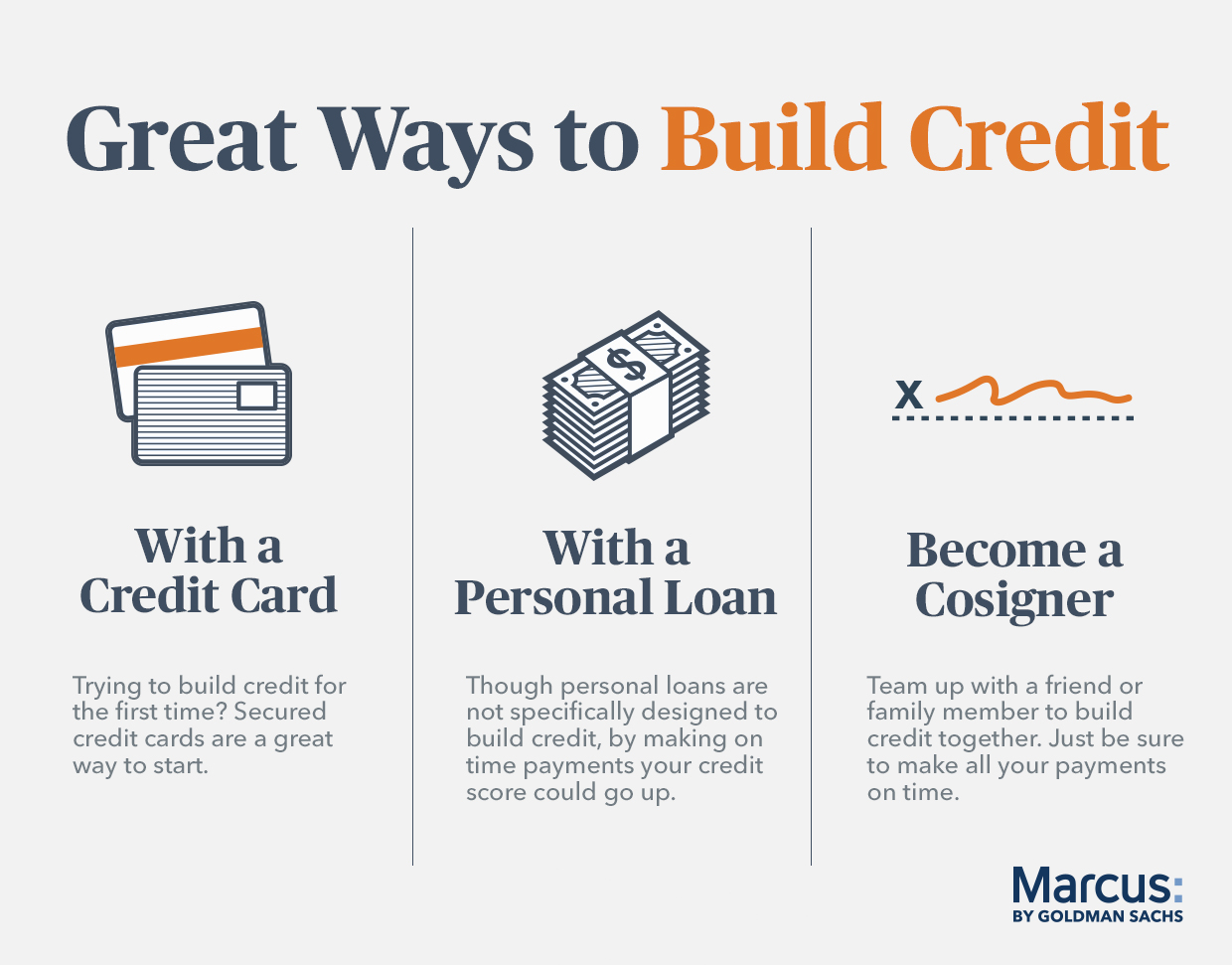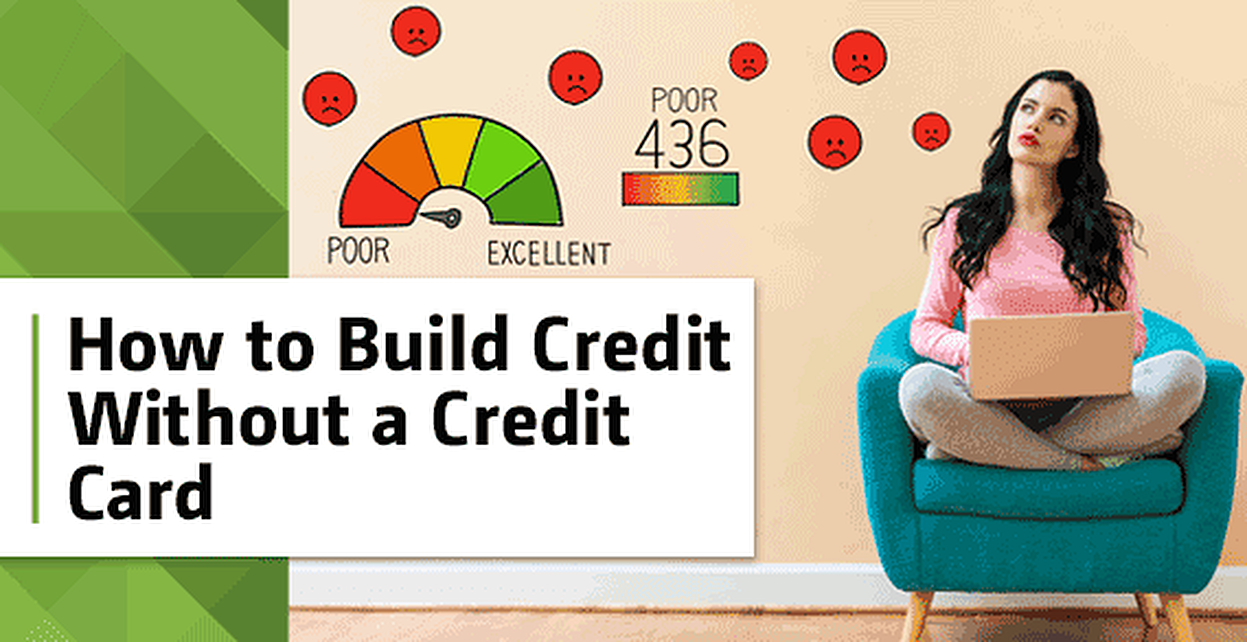Building credit with a credit card is a strategic process that requires discipline and understanding. Start by selecting a credit card that suits your financial situation and offers manageable terms. Once you have a card, use it responsibly by charging small, regular purchases and paying off the balance in full each month to avoid interest charges. This demonstrates your ability to manage credit effectively. Additionally, ensure that payments are made on time, as punctuality significantly impacts your credit score. Keep your credit utilization low, ideally below 30% of your credit limit, to show that you can responsibly handle available credit. Over time, these practices will help you establish a strong credit history and improve your credit score.

Building credit is an essential part of achieving financial stability and independence. For many, using a credit card is a straightforward way to establish and improve their credit history. Here’s a step-by-step guide on how to effectively build credit with a credit card:
1. Choose the Right Credit Card
Selecting the right credit card is crucial. Beginners should consider secured credit cards, as they require a deposit that acts as your credit limit. Alternatively, student credit cards or cards specifically designed for individuals with limited credit history can be good options. Look for cards with low fees and interest rates.
2. Use Your Credit Card Responsibly
Once your card is active, use it responsibly. Make small, manageable purchases each month. This demonstrates to creditors that you can handle credit wisely. Aim to use no more than 30% of your available credit limit, as this keeps your credit utilization ratio low, positively impacting your credit score.
3. Pay Your Balance in Full and On Time
The most critical aspect of building credit is making timely payments. Set up reminders or automatic payments to ensure you never miss a due date. Paying your balance in full each month not only helps avoid interest charges but also shows lenders that you are reliable and financially responsible.
4. Keep Your Credit Card Open
Length of credit history is another important factor in your credit score. Unless there’s a compelling reason to close your account, keep it open to maintain a long credit history. However, if a card has high annual fees and you no longer use it, it might be worth considering closing it.
5. Monitor Your Credit Score and Report
Regularly check your credit score and report to track your progress and identify any discrepancies. Many credit card issuers provide free access to your credit score. Review your credit report at least once a year through a free service to ensure all information is accurate.
6. Gradually Increase Your Credit Limit
As you build a solid credit history, your issuer may offer to increase your credit limit. Accepting a higher limit can improve your credit utilization ratio, as long as you maintain or reduce your spending levels. However, be cautious not to overspend simply because you have more credit available.
7. Diversify Your Credit
Once you have established a good credit history with your credit card, consider diversifying your credit profile with different types of credit, such as a small personal loan or car loan. This demonstrates to lenders your ability to manage various credit forms.
Building credit with a credit card takes time and discipline, but the rewards of a strong credit score are worth it. With careful planning and responsible habits, you can achieve a solid credit foundation that will benefit you for years to come.




